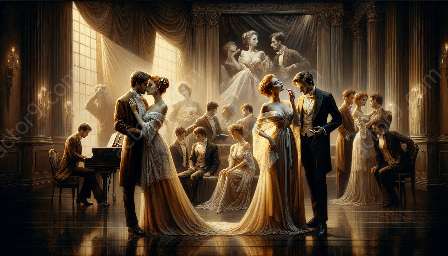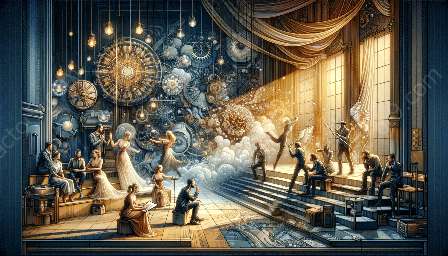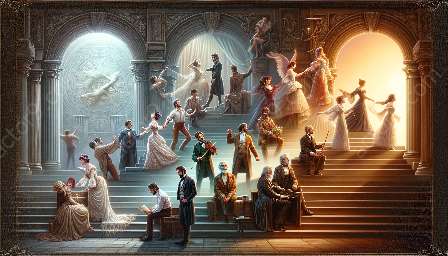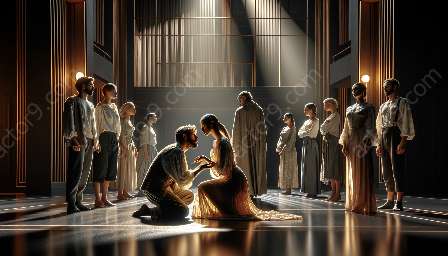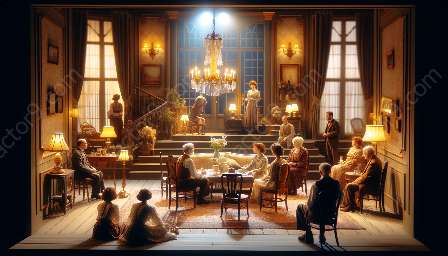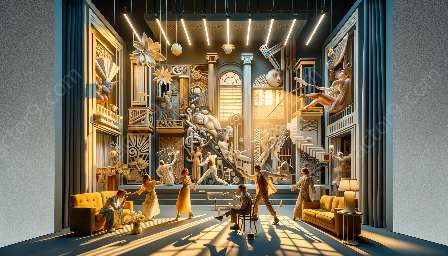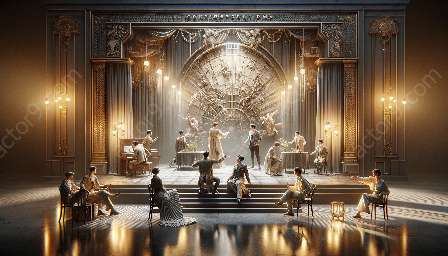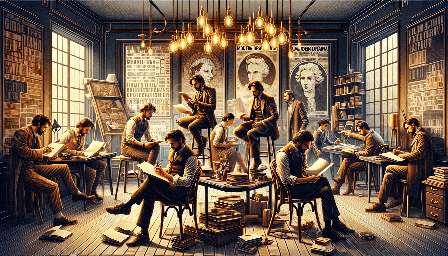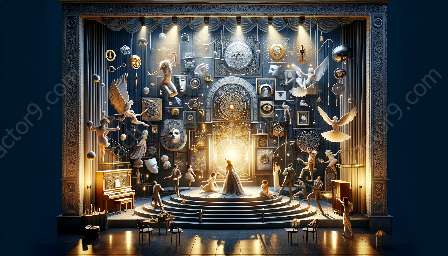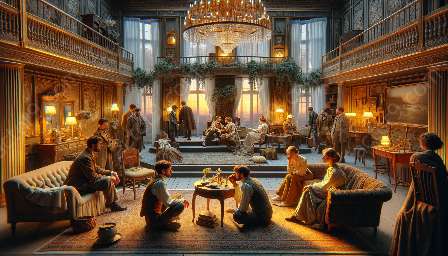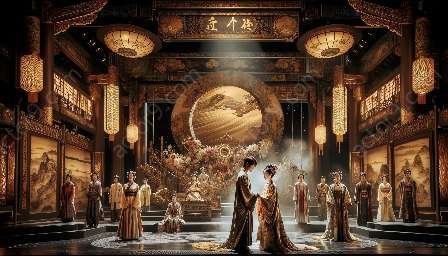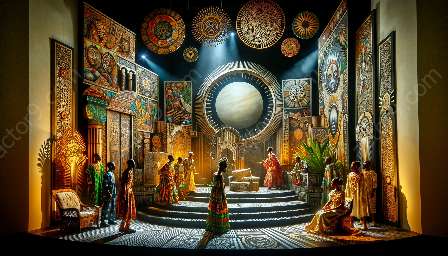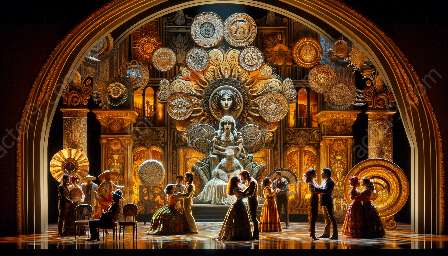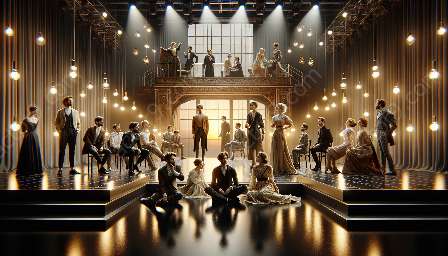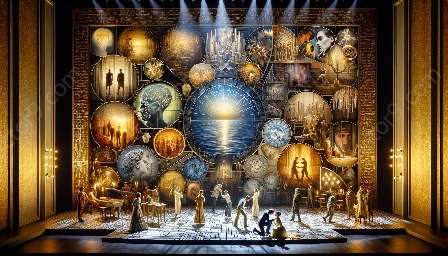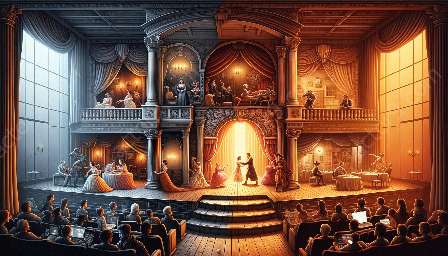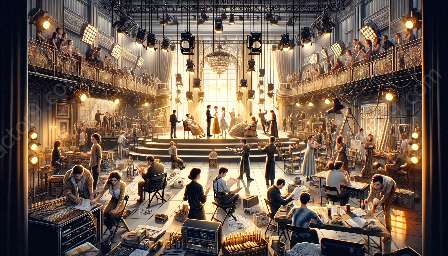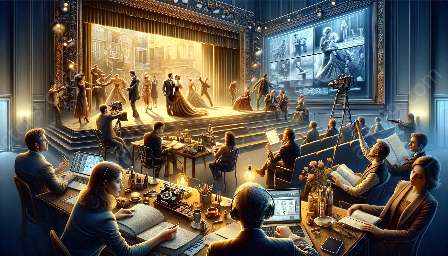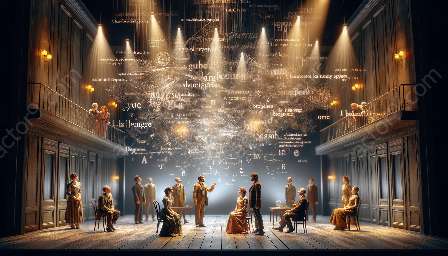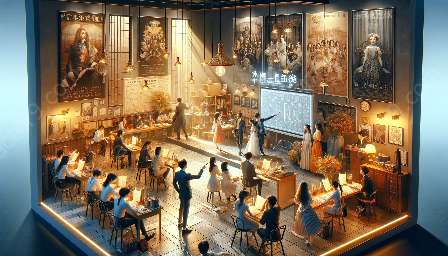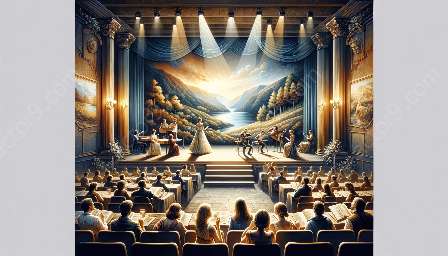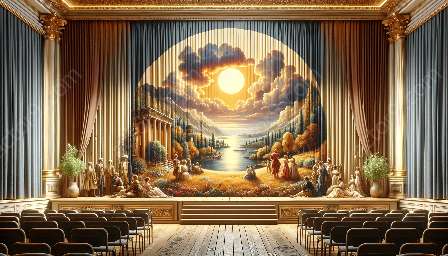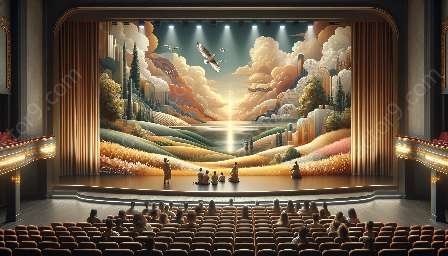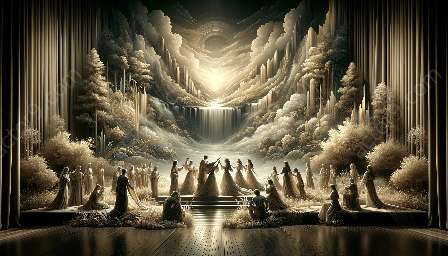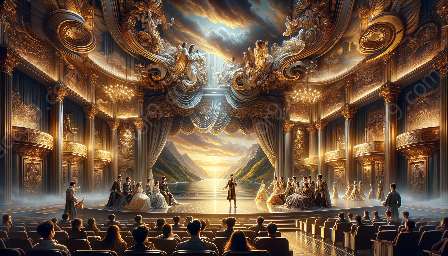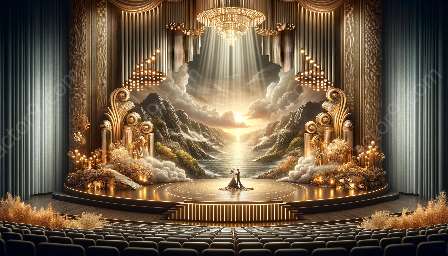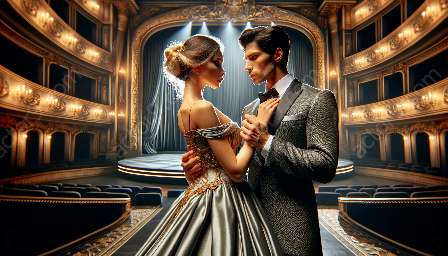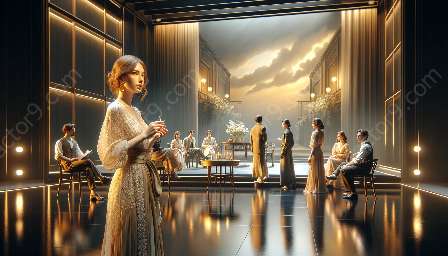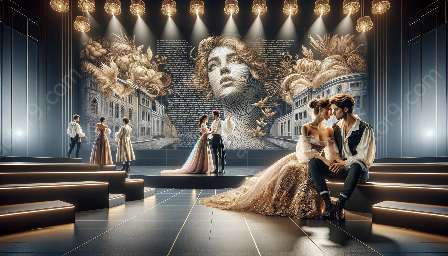Modern drama has brought significant developments in the representation of gender and society, reflecting the changing dynamics of the contemporary world. In this topic cluster, we'll explore how modern drama differs from classical drama in addressing these themes, and delve into the key aspects of modern drama in its representation of gender and society.
Comparing Modern Drama vs Classical Drama
When comparing modern drama to classical drama, one of the most noticeable differences lies in the portrayal of gender roles and societal norms. Classical drama often adhered to traditional gender roles, depicting women primarily as submissive and passive characters, while men were portrayed as assertive and dominant. In contrast, modern drama has challenged these conventional representations and has sought to depict a more nuanced and diverse view of gender and society.
Another significant difference between modern and classical drama is the exploration of complex and contemporary social issues. Modern drama often confronts issues such as gender inequality, LGBTQ+ representation, and the evolving dynamics of family and relationships. This reflects the changing societal landscape and the need for more inclusive and representative narratives in the arts.
Key Themes in the Representation of Gender and Society in Modern Drama
Modern drama encompasses a wide range of themes related to gender and society, each offering a unique perspective on contemporary issues. Some of the key themes include:
- Gender Identity and Fluidity: Modern drama explores the complexities of gender identity, challenging traditional binary notions and embracing the fluidity of gender expression.
- Power Dynamics: The representation of power and authority within societal structures is a recurring theme in modern drama, often questioning established hierarchies and norms.
- Social Justice and Activism: Many modern dramas engage with social justice themes, advocating for equal rights and representation for marginalized groups.
- Familial Relationships and Expectations: The portrayal of family dynamics and the evolving expectations within familial relationships reflects the changing societal norms and values.
- Stereotypes and Prejudices: Modern drama confronts stereotypes and prejudices related to gender, ethnicity, and other social constructs, seeking to debunk harmful narratives and promote inclusivity.
Developments in Modern Drama
Over the years, modern drama has undergone several significant developments in its representation of gender and society. These developments have contributed to a more diversified and inclusive portrayal of human experiences, enriching the dramatic landscape. Some notable developments include:
- Intersectional Storytelling: Modern drama has embraced intersectionality, recognizing the overlapping impacts of various social identities such as race, gender, class, and sexuality. This approach allows for a more comprehensive exploration of the complexities of societal issues.
- Challenging Traditional Narratives: Contemporary playwrights and creators have actively challenged traditional narratives and conventions, pushing boundaries and offering alternative perspectives on gender and societal norms.
- Incorporation of Diverse Voices: There has been a growing emphasis on amplifying diverse voices in modern drama, allowing for narratives that authentically represent a wide spectrum of experiences and perspectives.
- Technology and Innovation: Advances in technology have influenced modern drama, providing new means of storytelling and audience engagement, further expanding the possibilities for representing gender and society in compelling ways.
- Global Perspectives: Modern drama has increasingly drawn from global influences and perspectives, enriching the portrayal of gender and society with diverse cultural insights and experiences.
Conclusion
The representation of gender and society in modern drama is a dynamic and evolving landscape, reflecting the intricate tapestry of human experiences and societal dynamics. By comparing modern drama to classical drama and exploring the key themes and developments, we gain a deeper understanding of the transformative power of contemporary theatrical works in shaping and challenging perceptions of gender and society.
As modern drama continues to push boundaries and embrace diverse narratives, it serves as a compelling reflection of the complexities and diversity inherent in contemporary societies worldwide.

